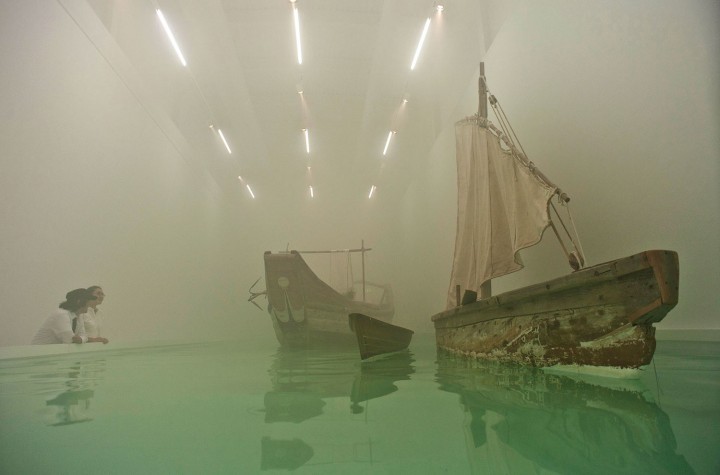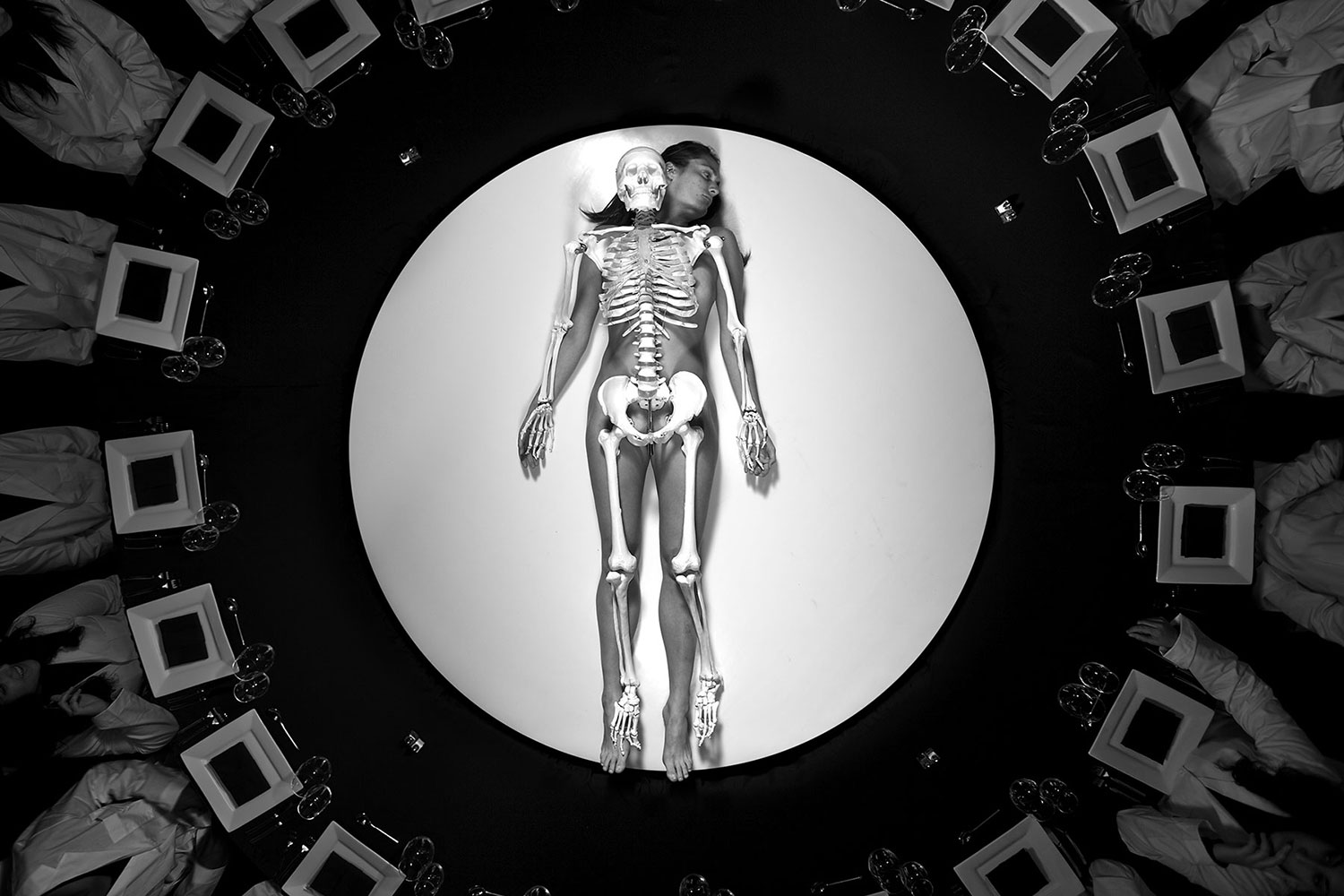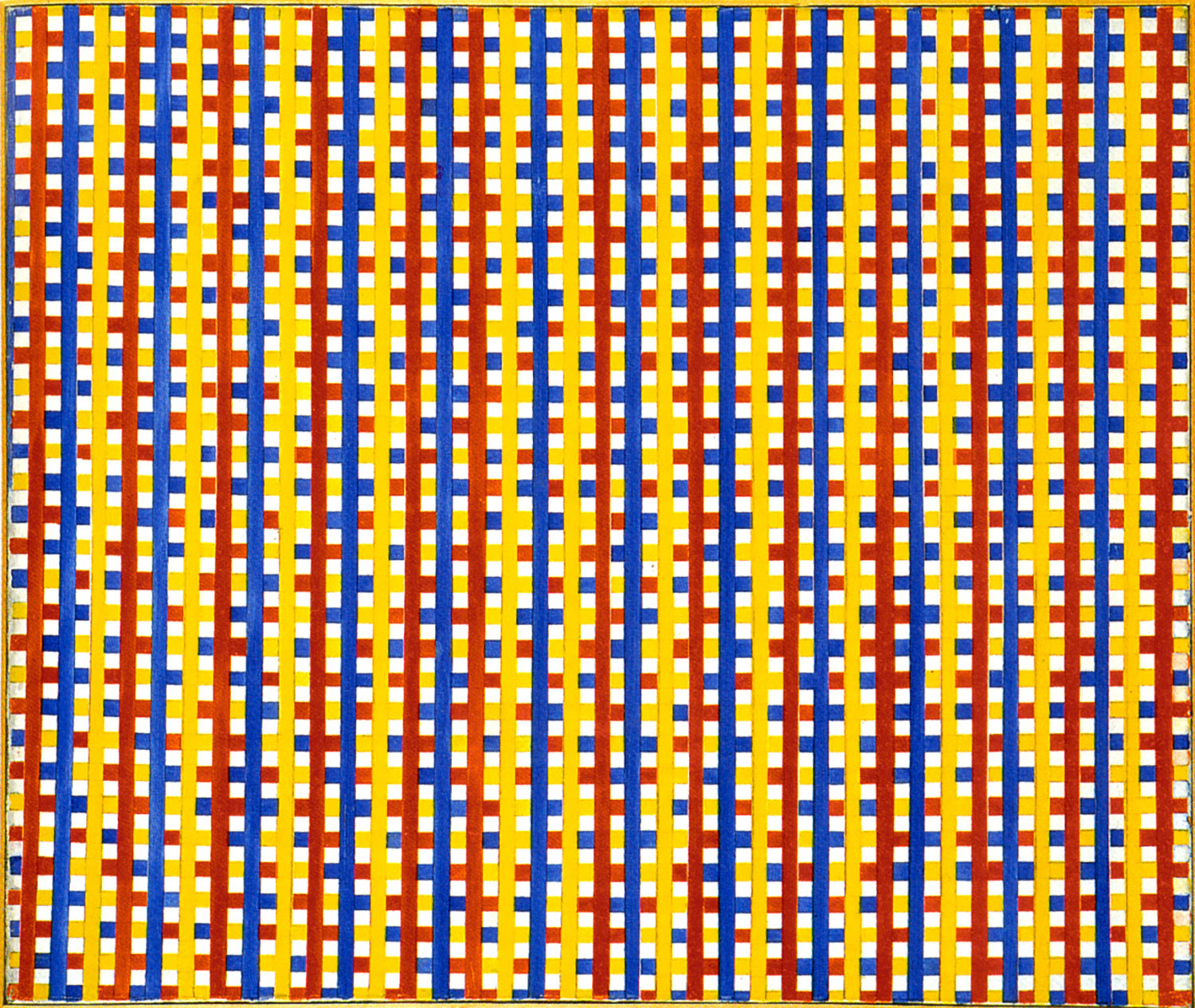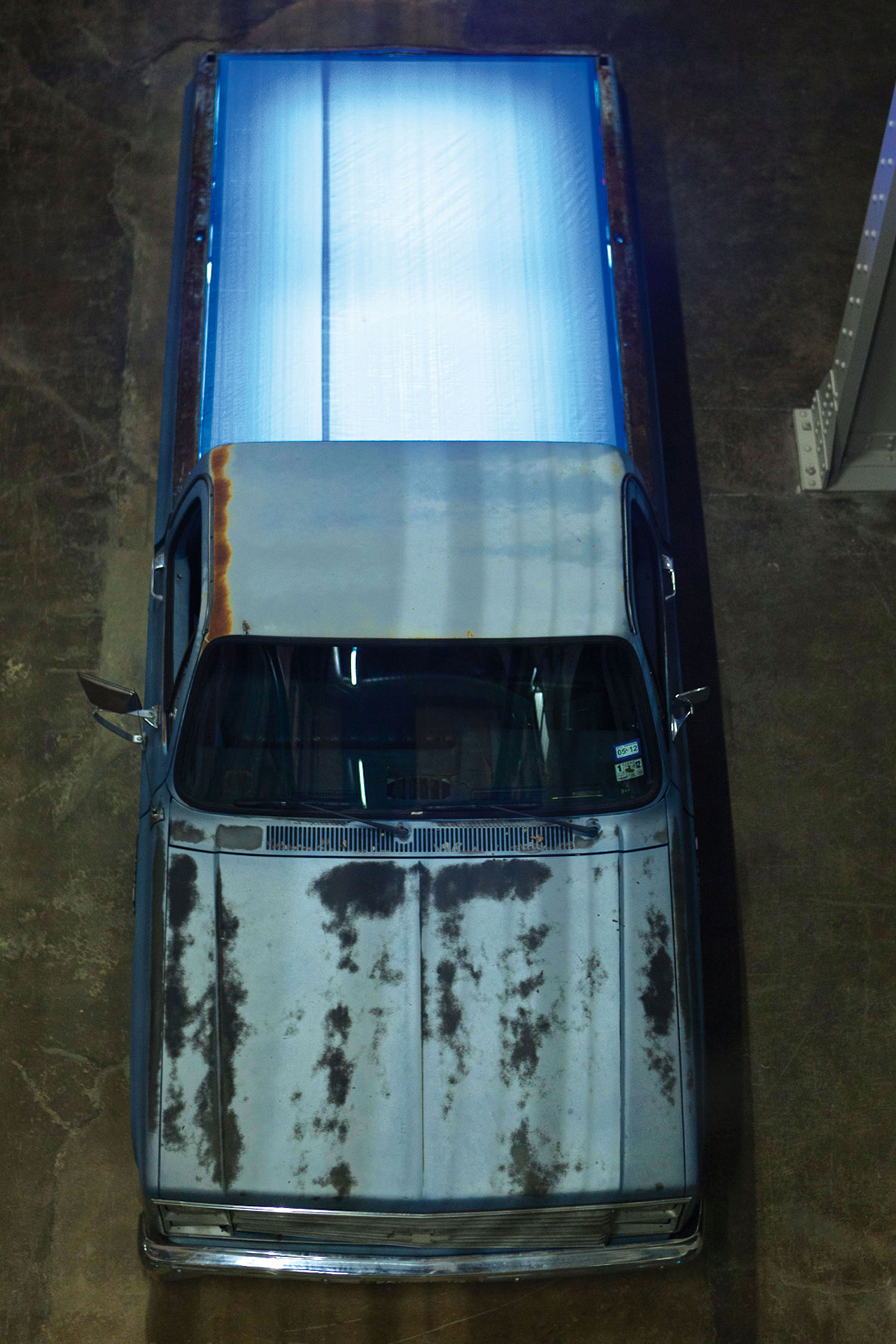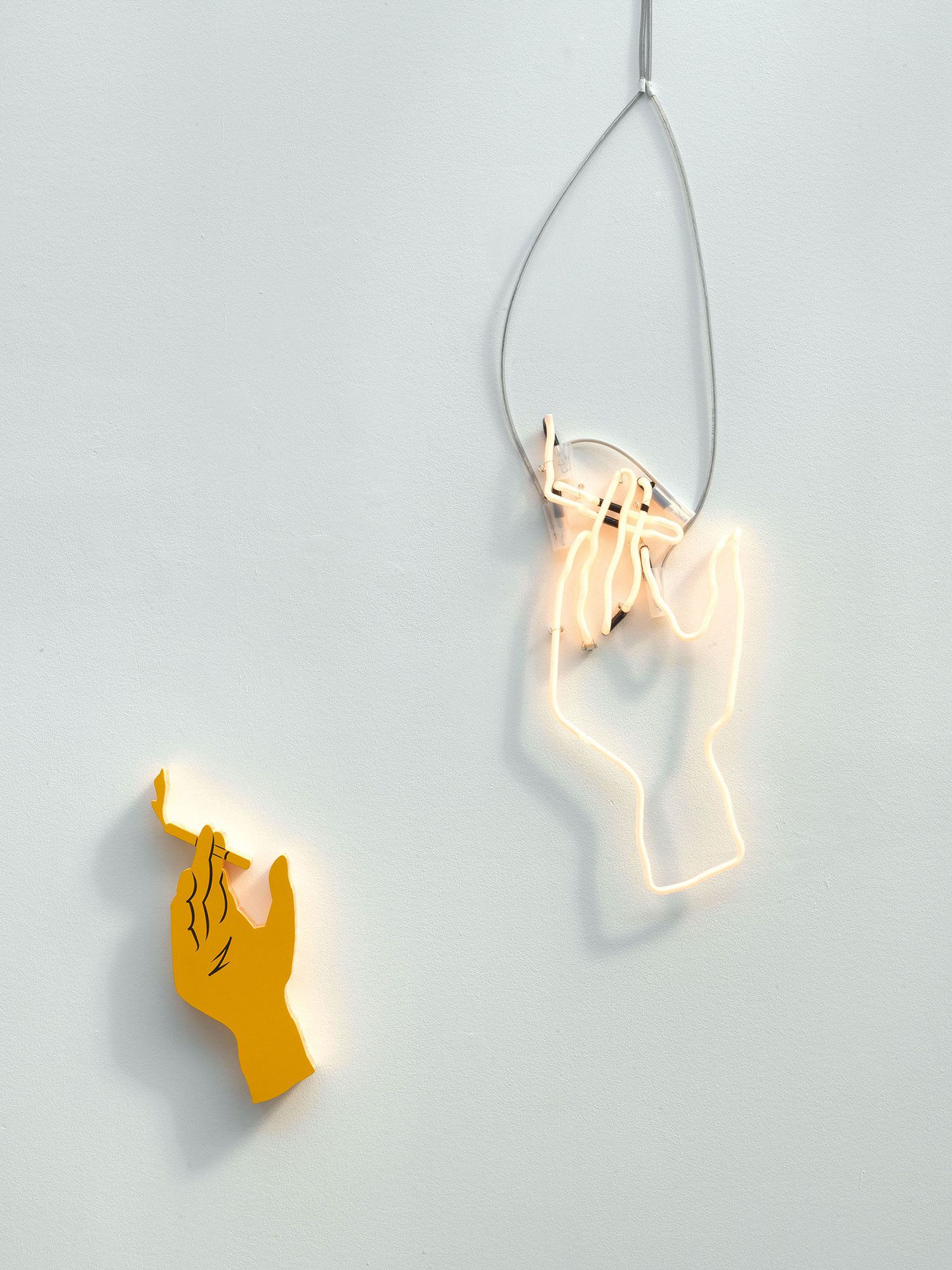
With works occupying eight rooms and featuring the exterior of the recently developed Mathaf, Cai Guo-Qiang’s first solo exhibition in the Middle East explores the multifaceted relationship between his native Chinese culture and the Arab world. “Cai Guo-Qiang: Saraab” fully lives up to the standard set by the artist’s solo shows at the Guggenheim in New York and Bilbao three years earlier in terms of its ambition and scale. Cai’s unconventional materials are associated with the traditions of both Chinese and Arabic cultures. Grounded in Eastern philosophy yet open to different traditions, Cai’s work attempts to extend the barriers of time and space. This sense of everything being linked to everything else speaks to the roots of Taoism, I-Ching and Feng Shui, so abundant in the artist’s language.
Homecoming (2011) is an installation of old gravestones from Quanzhou, the artist’s birthplace and one of the main ports in China during the times of the Silk Road. The use of Arabic inscriptions carved into the imported Chinese rock reveals how history can portray the displacement of the globalized world we live in. The artist often uses the recurring metaphor of the journey; through his use of old wooden ships, he merges fragments of the past with elements of the present day, often achieving a near-cinematic effect that conveys an intense sensuality. In Endless (2011), traditional wooden Arab and Chinese boats are gathered in a pool where waves and fog are artificially recreated. Despite their slow movement, the boats seem static, evoking the distance and the time that divides the two cultures.
Cai also uses his trademark gunpowder to write a message in Arabic on a surface of decorative white Chinese porcelain, evoking the fragility of human relationships and a sense of indeterminacy in the traces left by the incendiary process. On the second floor of the museum there are a series of videos of Cai’s performances — the explosions created for various occasions and destinations, such as the opening ceremony of the Beijing Olympic Games. Flying Together (2011) presents a realistic flock of falcons and a camel — two symbols of the Arab world — installed from the ceiling in their proper scale. The animals move together in a slight torsion, but the relationship between the camel and the birds is unclear: is the camel being supported or attacked? The artist prefers an open interpretation.

